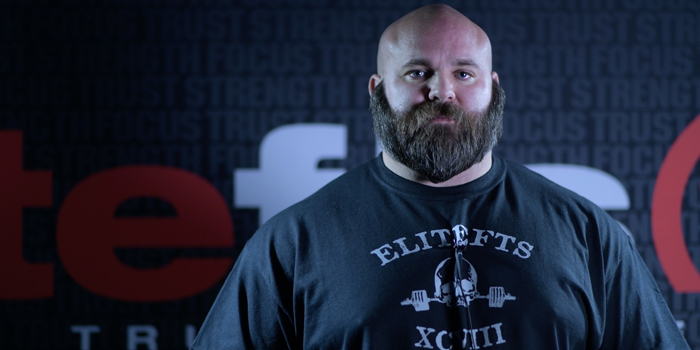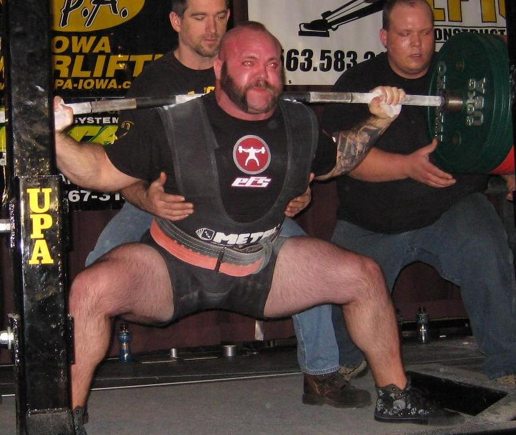
As much as it pains me to write about it, I’m going to hit on the squat a bit. It kills me how different coaching is across the board with different movements when biomechanically movements should be done in specific ways. That is not to say that everyone should look exactly the same, but our bodies were meant to move in certain ways. Squats are no different. I’ve argued that when it comes to squatting and considering technique, just look at a baby. Of course, I get those who don’t understand this, arguing that “Well, a baby has super-lax tendons," and such. Yep, they have great mobility. And so do adults—at least those who work on it.
Now I do not expect everyone to squat from ass to ankles with a perfect neutral spine, the perfect shoulder position, and ankles dorsiflexing like a folding chair. Not going to happen with most, but you can improve on these things, and you probably should. But without a doubt, there are some things you need to pay attention to when performing and coaching squats across the board. I will list them here.
1. Load the Hips
The strongest muscles in your body make up your posterior chain: your rectors, ass, and hamstrings. These are the muscles you want to load in the squat. Whether you are hyper mobile, tight as a snare drum, inbetween, doesn’t matter. You will want to push your hips back as you squat to load your posterior chain. Now this will not look the same for everyone. Mostly the shin angle will look different for many individuals. Some you will find have a more forward shin angle due to better mobility within the ankle. Some you will find might have a more perpendicular shin angle due to immobility with a lot of things, mostly the posterior chain. Or, maybe they want to load more posteriorly. Either way, the main thing you should focus on during this time is whether the weight is on and driven though the heels.
If the shin/knee moves forward and the heel moves, you will need to sit back further in the squat. If the knee moves forward but the heel is still being driven into the ground, you are good to go. You want the heel driven down at all times. Hinging at the hips and sitting back is how the body is meant to move.
2. Keep Knee in Line with Toes
So, next is, how wide should someone be squatting? I’m not going to argue with anyone on that. Too many misinformed individuals out there for me to care. At the end of the day, whether you have a wide stance, narrow stance, toes straight, or toes out, your knees should match the toes.
If you have someone or you believe you should keep your toes pointed forward at all times when squatting, make sure that your knees match this. This does not mean that the knees should move forward. This means that the knees should not be driven out wider or cave inward more than where the toes are lined up.
This also means that if you are in a wide squat and point your toes out, your knees need to match this. This also means that you will need mobile hips to accomplish this correctly.

So, if you are like this a-hole above who has a wide stance, your knees need to match his. If your hips are not mobile enough to accomplish this, then you might want to bring your stance into a range of motion you can accomplish this with.
3. Maintain Proper Hip Alignment
The last thing I care to discuss is making sure that your hips do not posteriorly tilt. This means do not let your butt wink, your hips come up under you at the bottom, low back come around, etc. You want to go down to a depth that allows you to maintain good hip alignment while keeping the above items in mind. If that’s ass to ankle, great. If that’s above parallel, not so great, but do not compromise. If you have range of motion issues, then you need to be working on mobility and proper activation.
A good way to keep this from happening is proper bracing. Make sure that before you squat, you brace your core by taking a deep BELLY breath and holding that breath throughout the squat motion. I’m not recommending that you hold your breath the entire set but rather for each repetition. Take another breath each rep. This will help. Not a cure if it’s a habitual problem, though.
However you squat, load your ass and hamstrings, keep your knees in proper alignment, and do not tuck your butt up under you. There is a bunch more that you can worry about and that we can talk about, but if you do these three things, all of the other stuff is subjective.










